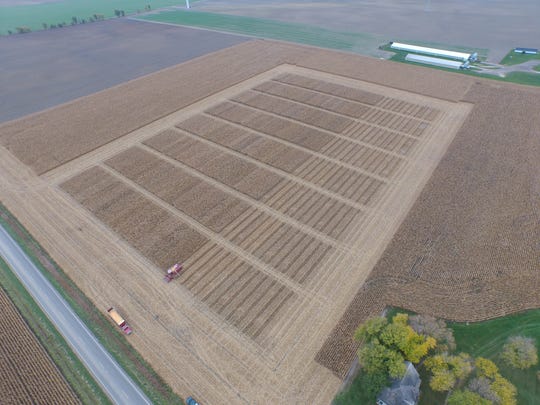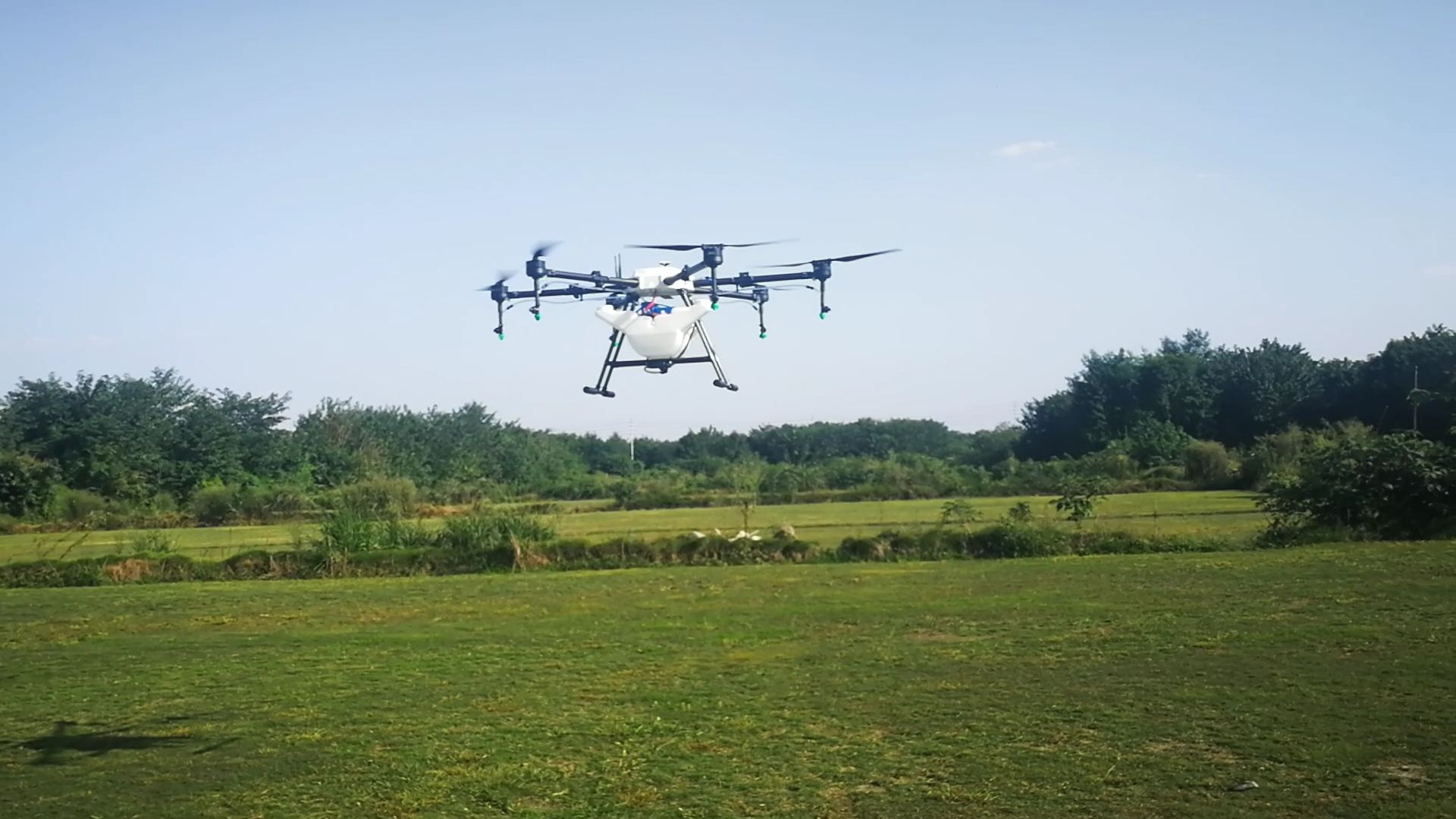"There was a yellow strip where they happened to miss applying fertilizer. It showed right up, so we were able to go out with some fertilizer and fill in that hole that was nitrogen deficient.

Besides drones equipped with standard video and still cameras, Oeschger also flies aircraft with thermal imaging and normalized difference vegetation index cameras, also known as NDVI.
The NDVI equipment, he said, gives a picture of how the plants are producing chlorophyll. The thermal imaging cameras show hot and cool areas and can be used to detect plant disease and to monitor irrigation needs.
He said he uses drones throughout the growing season to monitor the crops.
"There are a lot of things you can see from the air that you can’t see from the ground," he said. "When it (corn) is over your head, it’s kind of hard to see how the whole field looks walking through it."
He said he started his drone business looking at drainage tile for other farmers, but many producers have now invested in their own aircraft and that drone use is not uncommon in Michigan agriculture.
"Most of the farmers who are using them, they go up and take a picture of their fields in the spring," he said. "And it’s always fun to look at your equipment as it's going through the fields."

He said when he started in 2012, he did a lot of flying for other farmers but that part of the business has decreased.
"If a farmer wants a drone, he’s going to go out and buy one," Oeschger said. "My business now is more sales than custom work, but I still do a little bit of custom work."
Intelligent Agriculture is the trend of all over the world. And the intelligent drone act as a important role in this world plan.
Agriculture spraying drone can replace the traditional pesticide sprayer and it's speed is 40times of the traditional sprayer. It will save 90% water and 30%-40% pesticide. Small droplet diameter make the pesticide more well-distribute and improve the effect. At the same time, it will make the people faraway from the pesticide and reduce the pesticide remain of the crop.

Contact: Fly Dragon Drone Tech.
Email: frank at dronefromchina.com
Add: NO. 9 Dayu Road PiDu distric, ChengDu 611730, China